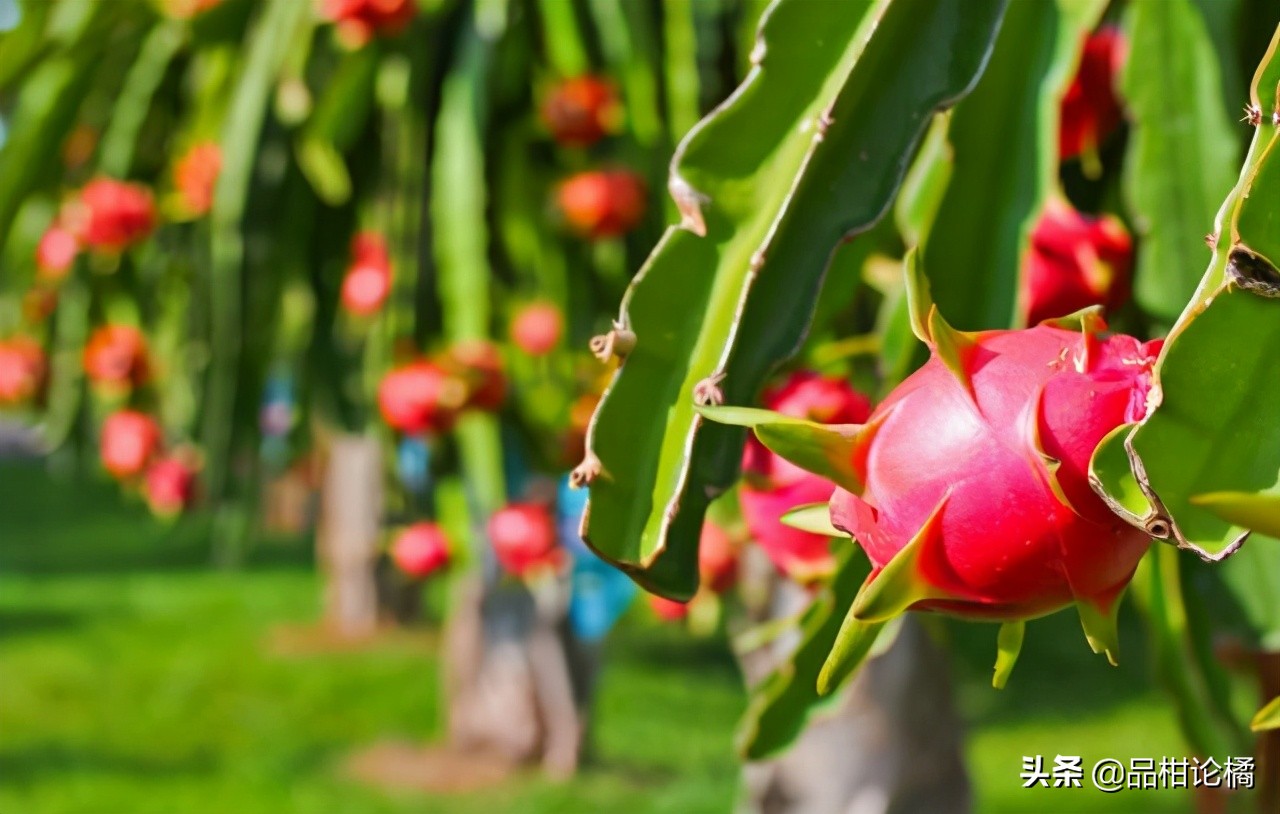Tsubaki elephant, also known as bugs, Tsubaki insects, because there is a stink gland opening behind the body, when encountering enemies, it emits odor, commonly known as "fart worm", "pear bug", "spanking bug" and so on. What are the dangers of Tsubaki to Dragon Fruit? What medicine can be used to prevent Tsubaki?
Harm of Tsubaki to Dragon Fruit:
Both Tsubaki nymphs and adults have sharp mouthparts piercing branches or sucking sap from the fruit. When the elephant feeds, the mouth needle sheath is folded and bent, and the needle is directly pierced into the tissue, so that the injured part stops growing and the victim tissue dies.

Methods of planting dragon fruit to control Tsubaki elephants:
The first period: the first spray is performed when the overwintering adults recover from spring activity (about mid- to late March), and the wintering adults are poorly resistant to drugs and have not yet laid large numbers of eggs.
The second stage: before the 3rd instar of nymphs (in mid-to-late April in Guangdong), the resistance of overwintering adults drops to the lowest point, and newly hatched nymphs are sprayed for the second time when the drug resistance is poor below 3 years old, can only crawl without flight ability, and it is recommended to use E3 foliar fertilizer, which adds H7 cell promoting factor, activates and promotes the differentiation and growth of healthy cells of the plant itself, strengthens leaf fibrous, thickens the waxy layer, improves disease resistance, reduces ulcers and yellowing, and effectively fights against red spiders and green insects.
Natural enemy control: natural enemies can be used for prevention and control, and the known natural enemies are spiders, yellow ants, praying mantises, etc., and these natural enemies are used rationally.